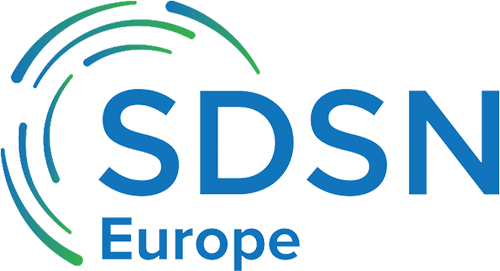
Maayke Aimée Dame, Director Circular Economy World Business Council for Sustainable Development held the sixth lesson at the fourth edition of the Siena International School on Sustainable Development. Here are some of the key points to remember:
First of all, before talking about the circular economy, there are several things to be considered:
- 99% of the purchased products end up in waste within 6 months.
- 95% of the material value is lost after a single use.
- 45% of emissions come from producing the stuff we use everyday.
- Increase in the complexity of the products and a more mineral intensive energy system.
- Clean energy transition requires 6-time mineral demand with respect to conventional.
- Materials, in particular metal, are no longer available and have recycling percentages close to 0.
- The EU is highly dependent on metal imports from other countries.
- Increase in price of the materials.
- Chemical pollution that creates dead zones, too little oxygen to support life in the ocean.
The solution is to introduce circular economy mechanisms. In fact, recycling is no longer enough. An envelope can be recycled twice; however, it cannot be recycled a third time. Therefore, it is necessary to move from a linear to a circular economy in order not to destroy the value but to retain it.
Circular economy is restorative and regenerative by design. Relying on system-wide innovation, it aims to redefine products and services to create value, design out waste, and maintain resource use within planetary boundaries. For instance, value-retention practices like remanufacturing, refurbishments, repair and direct reuse could cut industrial waste by 80-99% and GHG emissions by 79-99%.
An example of the Circular Economy initiatives is the Excess Materials Exchange, a digital platform that unlocks the potential of excess materials and products by matching them to their highest value uses.
It works with:
- Identity: through a Resource Passport it gives information about the material or product (composition, origin, toxicity or deconstructability). Also, through the use of tracking and tracing identifiers (barcodes, QR codes and chips) it is possible to follow the materials and products throughout their life-cycles.
- Intelligence: identify the maximum potential value that can be derived from a material, product or waste stream, and calculate the financial, environmental and social impacts.
- Matchmaking: identify the best match and reuse of the materials or the products within the network partners.
The pilot project (with companies such as Philips, ProRail, Schiphol, DSM, and others) aimed to find a higher-value destination for reused materials and products has allowed us to:
- create 64 million € of financial value;
- save enough energy to light Paris’ street lights for 5 years;
- save CO2 emissions for 860.000 car rides from Amsterdam to Milan;
- save an amount of water equal to that needed to fill 860 olympic-sized swimming pools.




